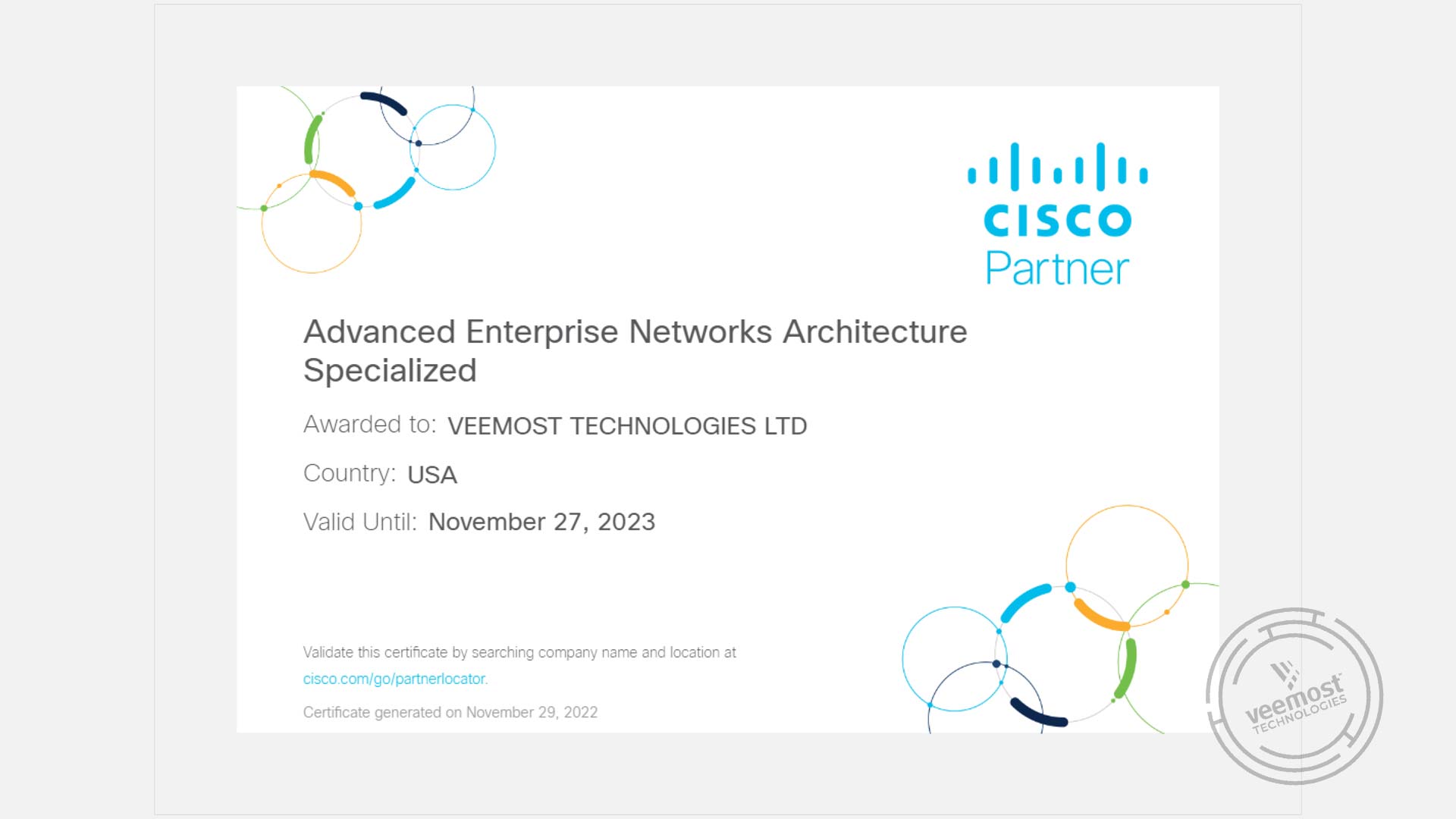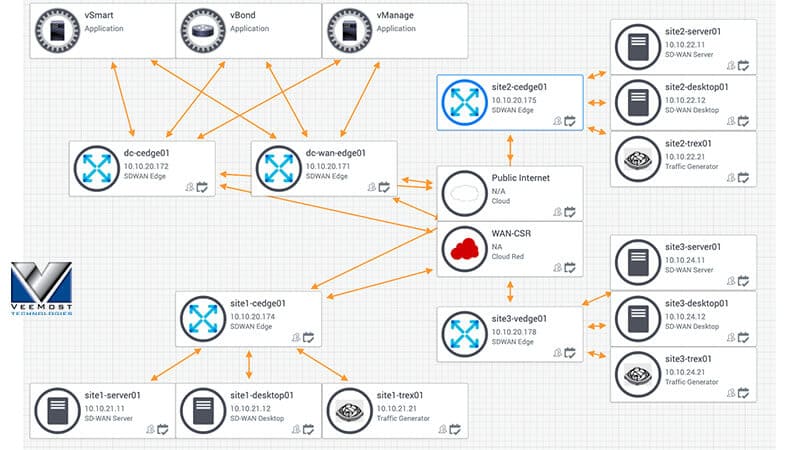The contact center is one of the most interconnected applications in the enterprise, with dozens of integrations to multiple systems. A survey by the Aberdeen Group indicates that 60% of contact centers are using 7 or more systems to interact with customers. When these applications aren’t integrated with your contact center, it can create slow, disconnected, and frustrating experiences for your agents – trickling down to your customers.
The open platform and flexible cloud architecture of our Webex Contact Center solution enables our customers to fully leverage their business application technology investments, and seamlessly connect them to their contact center, removing the chaos of app switching and improving agent and customer experiences.
We’ve taken this one step further, by creating out-of-the-box connectors for some of the most commonly used CRM and ticketing applications used by our customers – Salesforce, Microsoft Dynamics, Zendesk, and ServiceNow.
These connectors embed contact center functionality within the business application, enabling agents to have intuitive access to key customer information and contact center interaction capabilities, from a single agent experience – turning customer interactions from transactional, to proactive and personalized engagements.
In addition, contact center supervisors have unified reporting for business app and contact center interactions, which means that no costly API custom mash-up of data is required. And because the connectors are pre-built, and easy to install and configure, we’ve removed the cost, complexity and long timeframes associated with custom application integrations which can be IT resource intensive.
We’re committed to having a developer-friendly, open ecosystem that encourages our customers and partners to develop unique applications. As such, you can expect to see more API, connector, and integration related announcements as we continue to develop the Webex Contact Center platform.
Lastly, we’ve included the connectors with your license at no additional cost!
Source: blogs.cisco.com Credit@ Chris Featherstone











